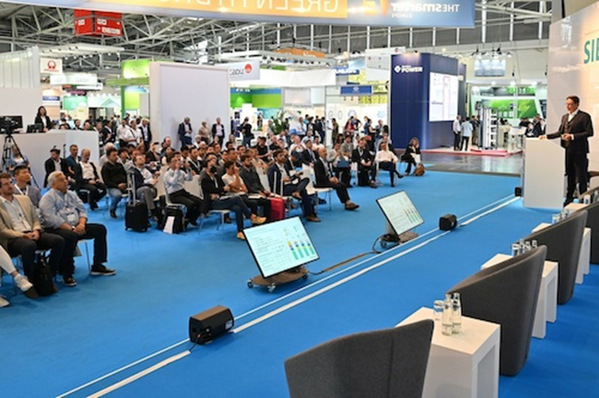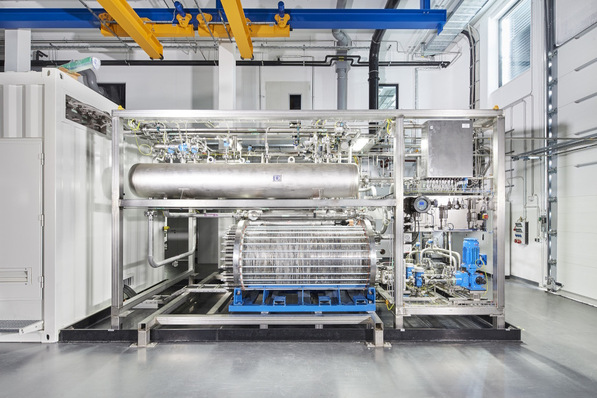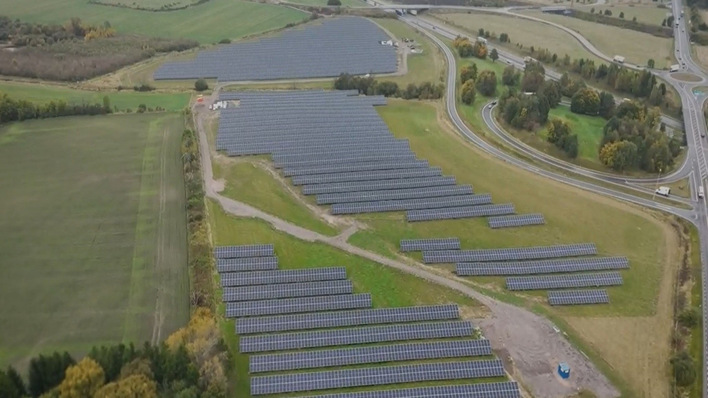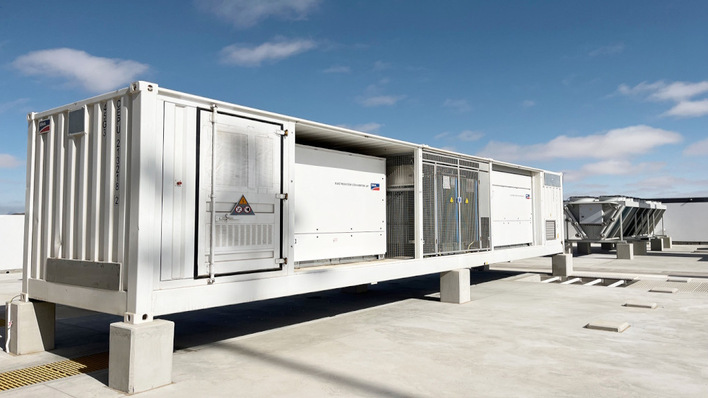St Kitts is a small island in the Caribbean. At 174 square kilometres, it is just over half the size of Munich. The average electricity consumption per capita of around 3,500 kilowatt hours per year is only slightly lower than that of Great Britain with its industry. To make this electricity consumption more sustainable in the future, Solec Power will build a photovoltaic system including an associated storage unit.
See also: Schletter brings largest tracker project in the Caribbean online
Solec Power is a subsidiary of the Swiss storage manufacturer Leclanché. The intermediate electricity storage facility will also come from there. Solec Power's specific plans include the construction of a solar park with an output of 35.7 megawatts. This can provide part of the island's electricity supply. In order to be able to utilise all of the solar energy, Solec Power is building an additional battery storage facility that can temporarily store 43.6 megawatt hours of the solar power produced.
Storage unit provides various functions
The entire solar storage unit hybrid system is controlled by an energy management system developed by Leclanché. However, the battery system will not only balance electricity production and consumption. It can also balance loads and provide a back-up spinning reserve. This means that even if the storage unit is not being charged or discharged, it can step in at very short notice to support the local power grid to which it is connected. An additional emergency power function also reduces outages and increases grid stability.
25 Delivery agreed
In the case of St. Kitts, the solar park supplies electricity to the grid of the St. Kitts Electricity Company (Skelec). The utility has concluded a 25-year power purchase agreement (PPA) with the project developer Solec for the electricity from the solar park. This will be supplied at a fixed price over the agreed period. The storage unit will also support Skelec's grid in the future. This project makes St. Kitts a global pioneer in the integration of renewable energies," said Konris Maynard, Minister of Energy and Infrastructure of St. Kitts and Nevis.
Sun replaces diesel
With the signing of the PPA and other documents, construction of the plant is expected to begin in the second quarter of 2024. It should be connected to the Skelec grid from 2025. According to Leclanché, it will supply around 62,000 megawatt hours of electricity in the first year of operation and, together with the storage unit, will cover more than a third of the island's needs.
Also interesting: Holiday resort in England self-supplies using solar power and storage
The PPA will enable significant cost savings of up to 40 per cent compared to the current cost of generating electricity, which St. Kitts mainly covers with diesel generators. The solar storage unit hyrid replace over 4 million gallons of diesel per year.
Saving up to 200 million dollars
It is also a financial gain. This is because the system is estimated to generate savings of between 170 and 200 million US dollars for the utility over the 25-year term of the contract. The fixed price agreement also means that all parties involved in the project are on the safe side. Solec and Leclanché have a secure refinancing of the project and Skelec in turn receives the energy at stable prices. (su/mfo)








